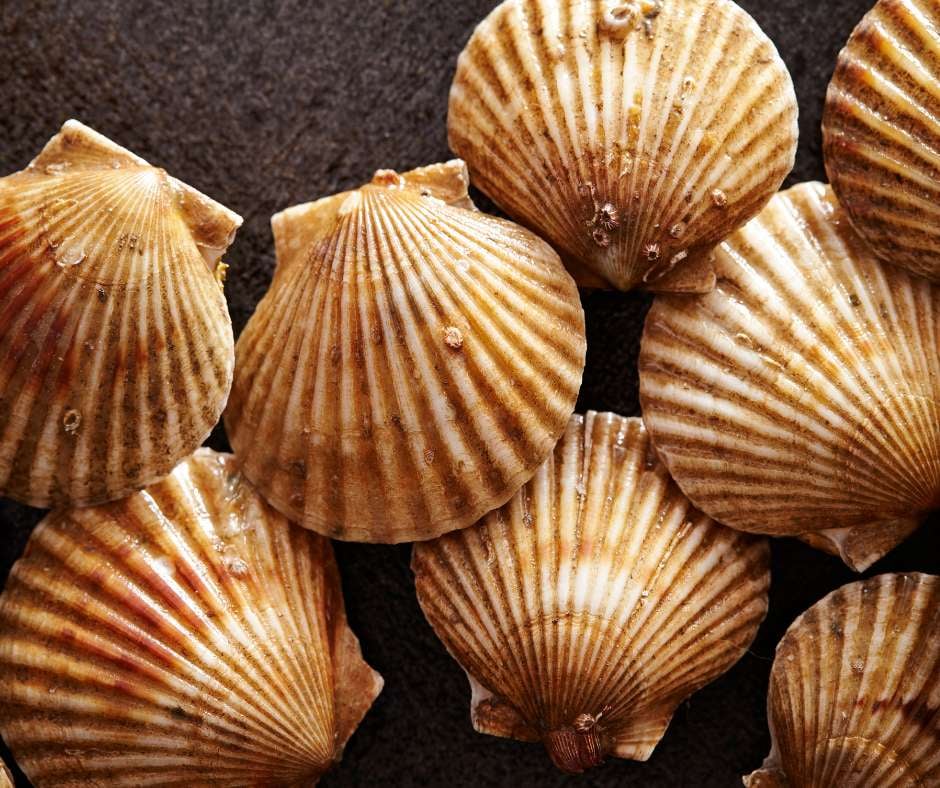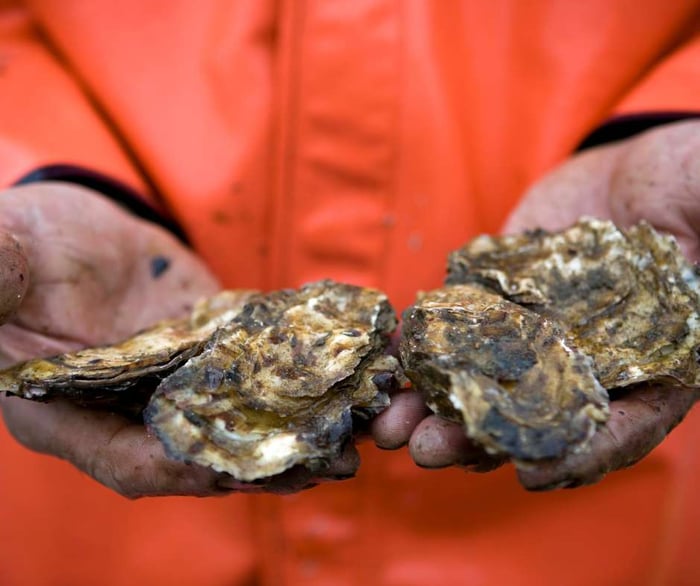Incredible Marine Creatures: The Bivalves

Tin
1
min. read

In the vast tapestry of marine life, bivalves stand out as one of the more fascinating creatures. These remarkable mollusks, which include clams, oysters, and mussels - all shellfish with two hinged "valves" - possess a captivating attribute that captures the imagination of both scientists and nature enthusiasts alike: their exquisite shells.
Bivalves are renowned for their intricate and varied shells, which serve as their protective armor. The hinged nature of these shells enables bivalves to open and close for feeding, locomotion, and defense. While beauty is a subjective term, it is not difficult to ascribe such an adjective to the colorful and intricate patterns found radiating from these living organisms in an array of shapes and sizes. From the delicate ribbing of a scallop shell to the mesmerizing design of a giant clam's shell, each species exhibits its own distinct characteristics.

Beyond their aesthetic appeal, bivalve shells are engineering marvels crafted by nature. Composed primarily of calcium carbonate, these shells possess exceptional strength and durability. The intricate internal structure of the shell provides strength while minimizing weight, allowing bivalves to navigate their marine habitats effectively. Additionally, the layered construction of the shell provides protection against predators, tides, and environmental fluctuations, helping to improve survival odds and overall well-being.
Bivalve shells play a crucial role in the marine ecosystem, influencing the surrounding environment and supporting a diverse array of species. The intricate surfaces of the shells create microhabitats that provide shelter and attachment points for various marine organisms, including algae, barnacles, and other invertebrates. These microhabitats act as ecological hotspots, fostering biodiversity and contributing to the overall health and resilience of coastal ecosystems.

Moreover, bivalve shells have become valuable tools for scientists studying past environments and climate change. By examining the chemical composition and growth patterns preserved within the layers of shells, researchers are able to reconstruct historical climate conditions, monitor environmental changes, and gain insights into the impacts of human activities on marine ecosystems. They act as time capsules, offering a window into the past and a valuable resource for understanding our planet's dynamic history.
Bivalves - with their mesmerizing beauty and remarkable adaptations - exemplify the intricacy and ingenuity of nature, reminding us of the incredible wonders that lie beneath the surface of our seas.
Sources:
Britannica. (n.d.). Bivalve. In Encyclopedia Britannica. Retrieved from
Britannica. (n.d.). Bivalve. In Encyclopedia Britannica. Retrieved from